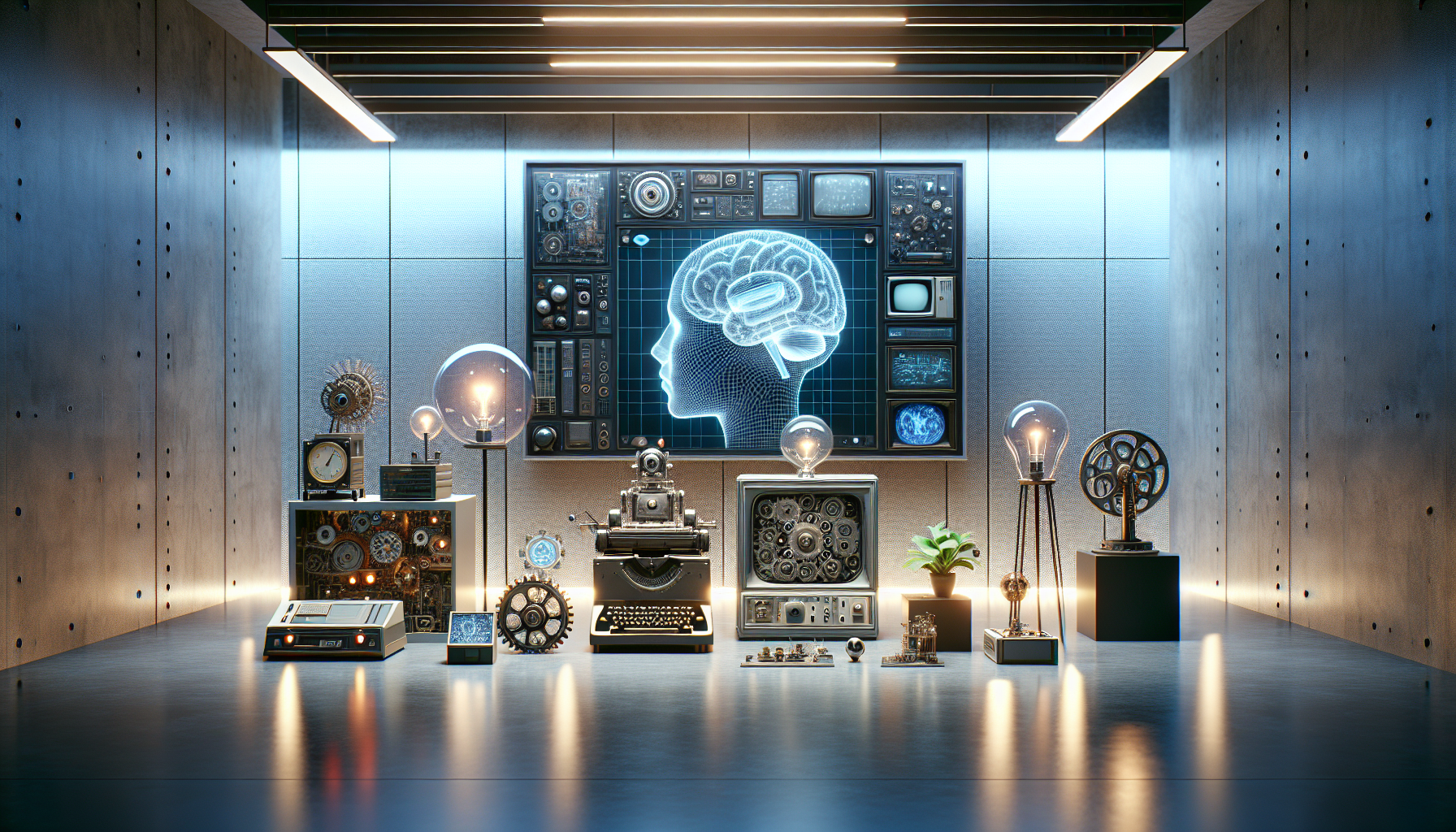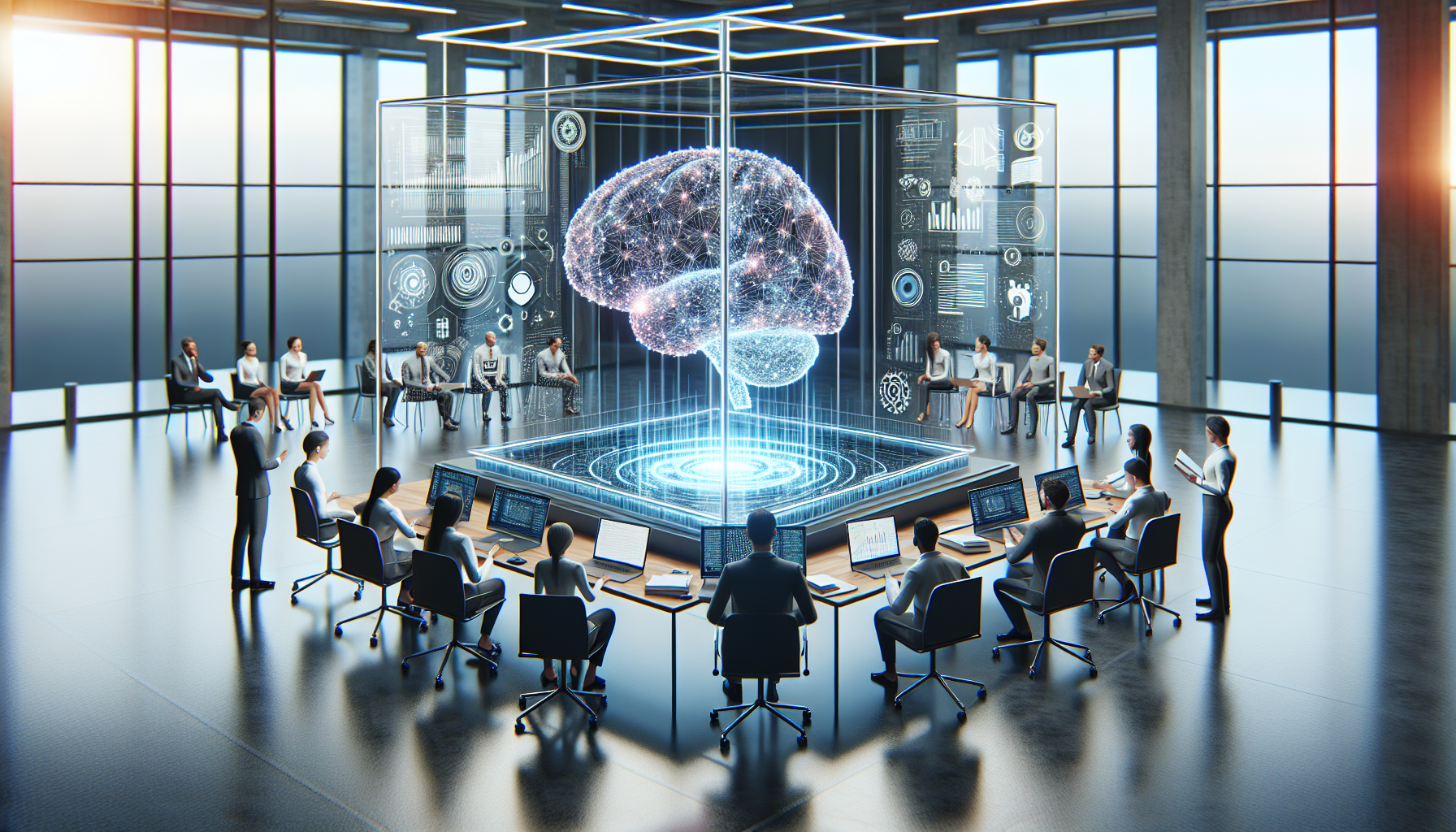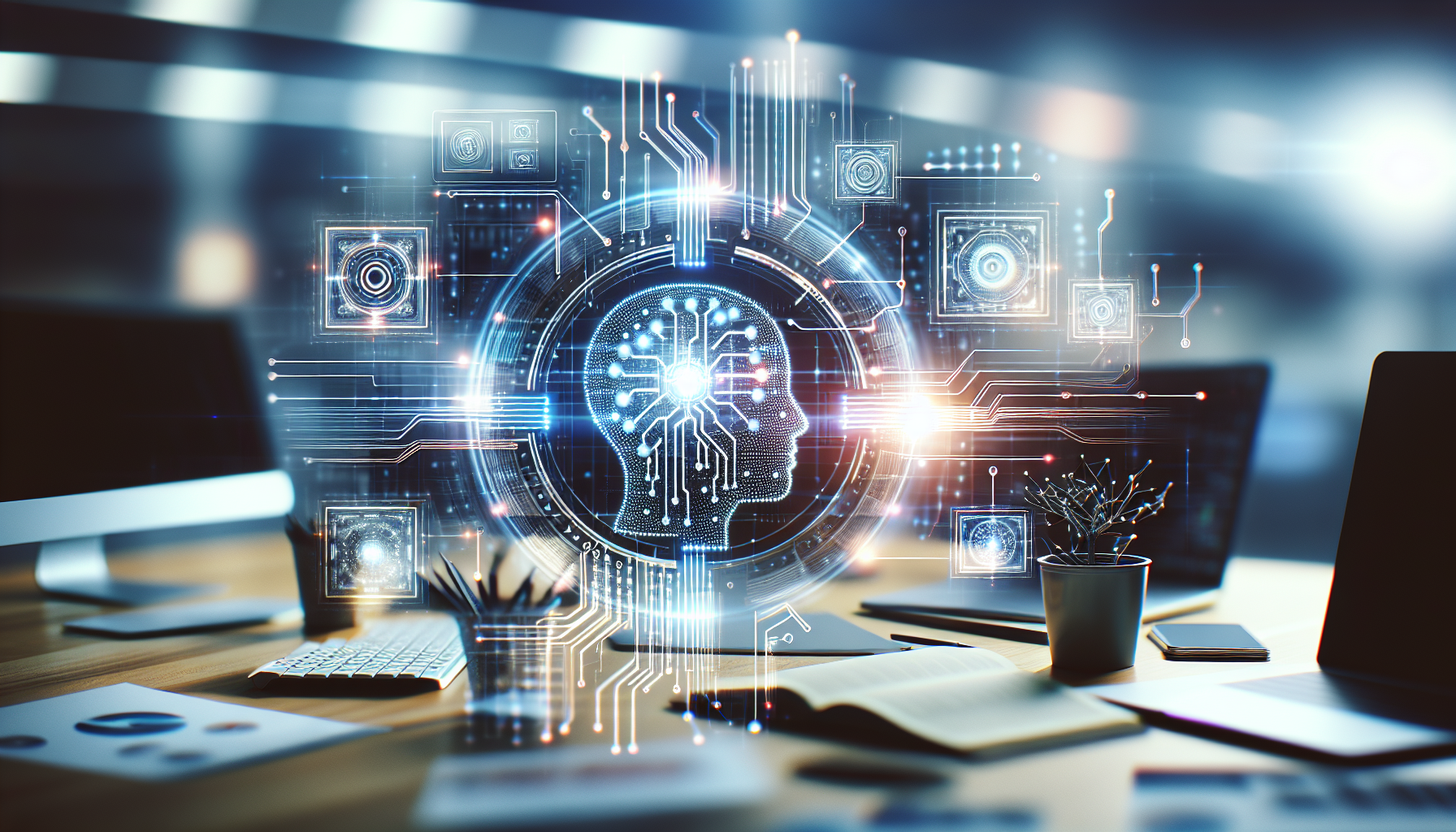
AI in Retail: A Historical Lens on Customer Experience Transformation
March 20, 2025
Artificial Intelligence has been heralded as the savior of modern retail, promising to revolutionize the shopping experience. Yet, as we delve into its historical roots, we find a more nuanced tale—one where the promise of AI has often clashed with the harsh realities of implementation and customer trust.
The journey of AI in retail didn't begin with today's sophisticated algorithms. In its infancy, the idea of machines enhancing shopping was nothing more than science fiction. The dream was simple yet ambitious: automate mundane tasks and personalize customer experiences. Early attempts, such as rudimentary inventory management systems, laid the groundwork but often fell short of expectations. These systems, while innovative for their time, were plagued by inefficiencies and a lack of adaptability to the ever-changing retail landscape.
Fast forward to the introduction of AI-driven chatbots, which promised to transform customer service. Retailers eagerly adopted these digital assistants, hoping to streamline interactions and cut costs. However, the reality was a mixed bag. Many consumers were left frustrated by robotic responses that lacked the nuance and empathy of human interaction. Rather than enhancing the customer experience, these early chatbots often became obstacles, highlighting the disconnect between AI's potential and its practical application.
The critical turning point came with the advancement of machine learning algorithms, enabling AI systems to analyze vast amounts of data and predict consumer behavior with unprecedented accuracy. Retailers were quick to capitalize on this, introducing personalized recommendations and dynamic pricing strategies. Yet, this sparked a controversial debate: Was AI truly enhancing the customer experience, or merely manipulating it for profit?
Critics argue that while AI can offer convenience, it also raises significant ethical concerns. The collection and analysis of consumer data, often without explicit consent, have led to privacy violations and a growing sense of distrust. Moreover, the algorithms that drive these personalized experiences are only as unbiased as the data they're fed. Historical data, riddled with societal biases, can lead to skewed recommendations that reinforce stereotypes and discrimination.
Despite these challenges, AI's allure remains strong, driven by the relentless pursuit of efficiency and personalization. Retailers continue to invest heavily in AI technologies, from virtual fitting rooms to automated checkout systems. These innovations promise to reduce friction in the shopping journey, yet they also risk alienating consumers who value human interaction over technological advancement.
One of the most significant yet underexplored impacts of AI in retail is its effect on employment. Automation has undoubtedly streamlined operations, reducing the need for human labor in certain areas. While some argue this allows employees to focus on more meaningful tasks, the reality is often starkly different. Job displacement and the demand for new skill sets have left many workers vulnerable, raising questions about the true cost of AI-driven efficiency.
As AI continues to evolve, its role in retail will undoubtedly expand. Yet, the historical perspective offers a cautionary tale: technological advancements are not inherently benevolent. They must be critically examined and ethically implemented to ensure they serve the greater good rather than corporate greed.
The future of AI in retail is a double-edged sword. On one hand, it holds the promise of unprecedented personalization and convenience. On the other, it threatens to deepen existing divides between retailers and consumers, and between employers and employees. As we stand on the cusp of this technological revolution, the question remains: Can AI truly enhance the customer experience, or will it further entrench the flaws of a system more concerned with profit than people?
This historical journey through AI in retail invites us to consider the broader implications of its continued integration. Will we learn from past missteps and foster an era of responsible innovation, or will we allow the allure of technology to overshadow the human element at the heart of retail? The answer lies not in the technology itself but in how we choose to wield it.


